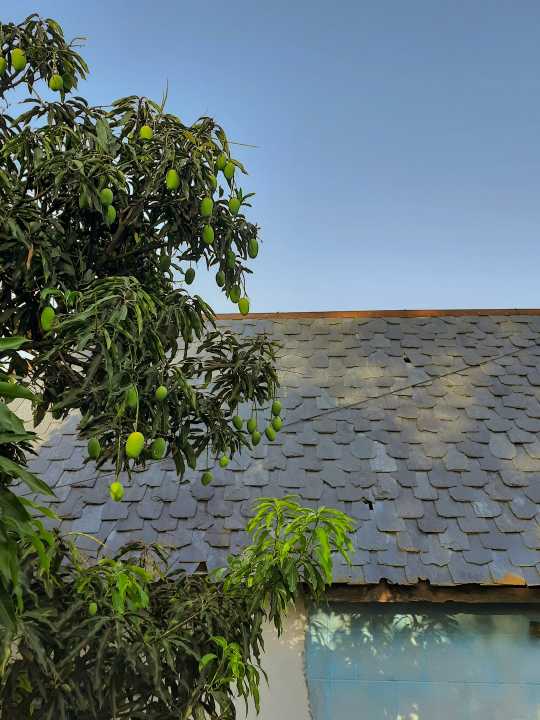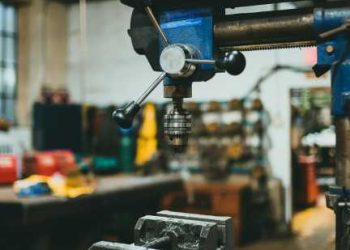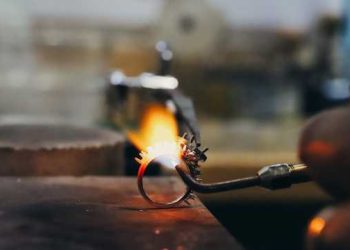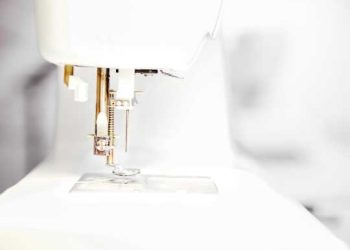In recent years, there has been a growing shift towards sustainable and environmentally friendly practices in various industries, including manufacturing. One of the key trends that has emerged is the rise of circular economy models in manufacturing. These models aim to reduce waste and promote the reuse and recycling of materials, creating a more sustainable and efficient production process.
Circular economy models in manufacturing are based on the idea of creating a closed-loop system where materials are reused and recycled, rather than being disposed of as waste. This approach not only helps reduce the environmental impact of manufacturing processes but also offers economic benefits by reducing costs associated with raw materials and waste disposal.
One of the key principles of circular economy models in manufacturing is designing products with the end of life in mind. This means designing products that are easy to disassemble and recycle, using materials that are easily recyclable or biodegradable. By doing so, manufacturers can create a more sustainable supply chain and reduce the amount of waste generated during the production process.
Another important aspect of circular economy models in manufacturing is implementing strategies to promote the reuse and recycling of materials. This can include setting up take-back programs where customers can return products at the end of their lifecycle for recycling, or working with suppliers to source materials from recycled sources. By incorporating these strategies into their production processes, manufacturers can reduce their environmental footprint and promote a more sustainable approach to manufacturing.
One industry that has embraced circular economy models in manufacturing is the fashion industry. Many fashion brands are now incorporating recycled materials into their products, as well as offering take-back programs for old garments. This not only helps reduce the amount of textile waste generated but also encourages consumers to recycle and reuse clothing rather than disposing of it.
In the automotive industry, there has been a growing trend towards remanufacturing parts rather than producing new ones. Remanufacturing involves restoring used parts to like-new condition, reducing the need for new materials and lowering the environmental impact of manufacturing processes. This not only helps reduce waste but also offers cost savings for both manufacturers and consumers.
Overall, the rise of circular economy models in manufacturing represents a positive shift towards more sustainable and environmentally friendly practices. By rethinking the way products are designed, produced, and disposed of, manufacturers can reduce their environmental impact and create a more sustainable future for the industry. As consumers become more aware of the importance of sustainability, demand for products that are manufactured using circular economy models is likely to increase, driving further innovation in the manufacturing sector.
In conclusion, the rise of circular economy models in manufacturing is a promising trend that has the potential to transform the industry and create a more sustainable future. By incorporating principles of reuse, recycling, and resource efficiency into their production processes, manufacturers can reduce their environmental impact and create a more sustainable supply chain. As more companies embrace circular economy models, we can expect to see continued innovation and growth in the manufacturing sector, leading to a more sustainable and prosperous future for all.












